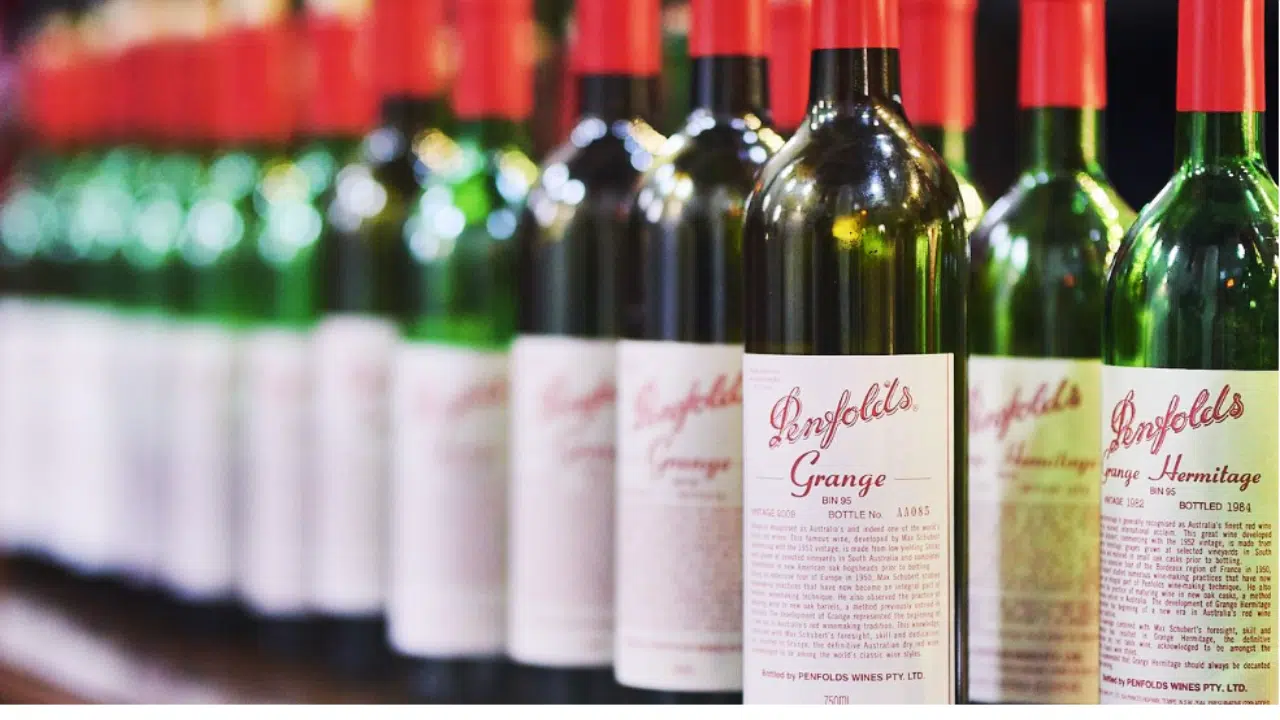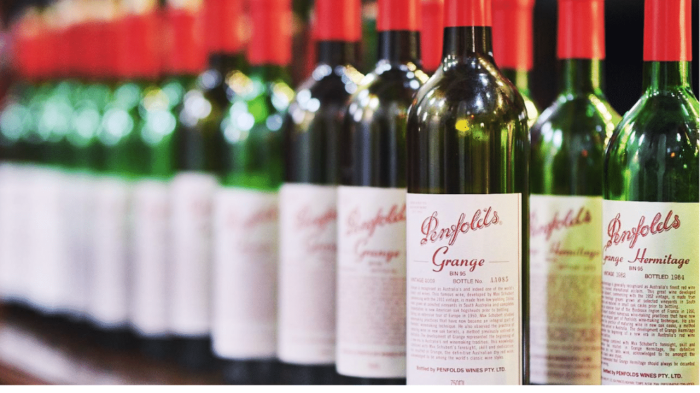
Following last week’s successful visit to Australia by China’s Foreign Minister, Wang Yi, there appears to be a high expectation (at least according to the media) that the current tariffs on Australian wine imposed by China in late 2020 will be lifted, perhaps as early as next month. If this happens, it’s going to be good news for the Australian wine industry and even better news for the stabilisation of the Australia-China relationship, which is important to both countries.
If this does happen, I’d like to offer some advice to our wine industry which, by all accounts, was devastated by the shock of losing what had become a A$1.2 billion market.
Relationships before Transactions
From my observation, the relationship between some of our wine brands and Chinese consumers had become almost entirely transactional. Many winemakers had no visibility of their end customer and were gleefully shipping their product out of the door at high prices without any real sight of who was distributing, pricing, promoting, marketing and consuming their wine. This was clearly unsustainable and, for whatever reason, was always likely to end in tears.
Assuming the Australian wine industry gets another chance to plunder the China market, here are my 3 tips for winemakers who want to get it right this time:
- Build your brand – for clues on how to do this, study the Penfolds brand story in China which is a model case study for any foreign company seeking brand recognition in a market obsessed with names, symbols, relevance and cultural identity.
- Visit China regularly to meet your supply chain partners and consumers – don’t make any assumptions. Expect the unexpected. Take the time to understand what your customers are saying about your product, why they buy it and how much they are willing to pay for it. Plus who sits between the wine making and the wine consuming.
- Pay attention to pricing – Australia was accused of ‘dumping’ wine in China at low prices which was hurting their local wine industry. Locally produced Chinese wine is improving and it’s reasonable for China to protect an important local industry from foreign predators. Australian wine is a premium product in China and this should be reflected in the pricing. China wasn’t saying it was too expensive!
- Build your brand – for clues on how to do this, study the Penfolds brand story in China which is a model case study for any foreign company seeking brand recognition in a market obsessed with names, symbols, relevance and cultural identity.
The wine tariffs imposed by China have forced our wine industry to diversify into new markets around the world, including in Asia. This is a good thing. If we get another chance to play in the China market, let’s take a long-term view, build strong relationships on the ground and leave nothing to chance.

